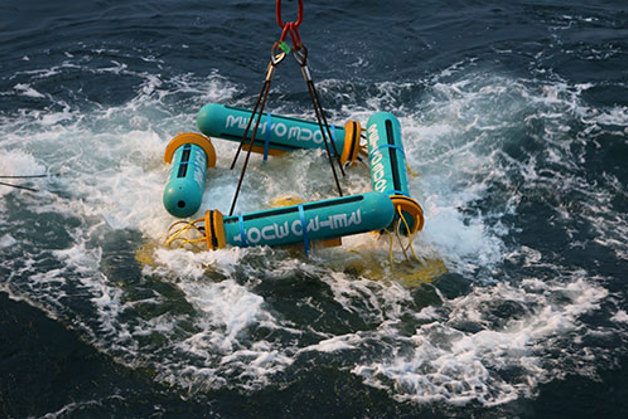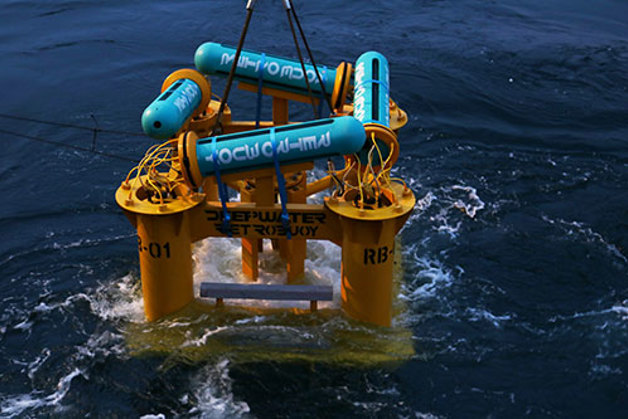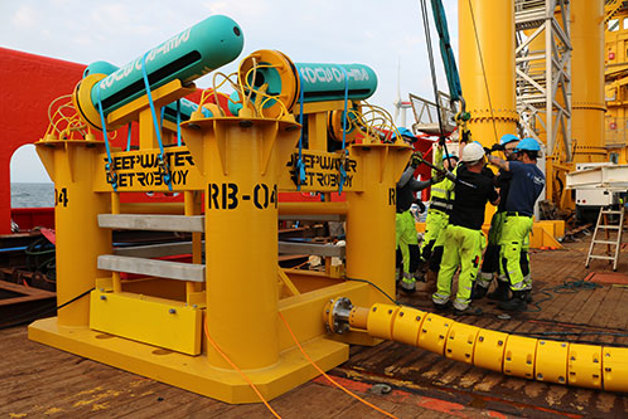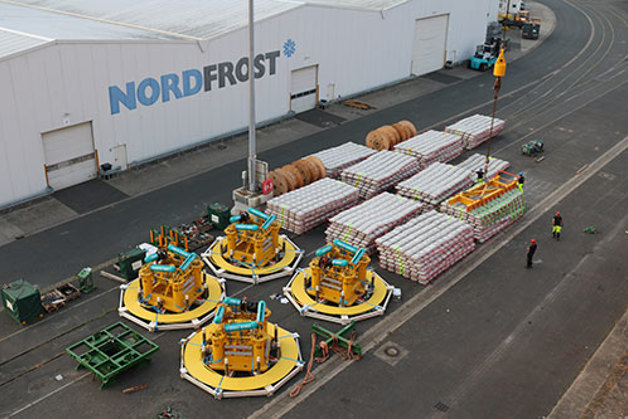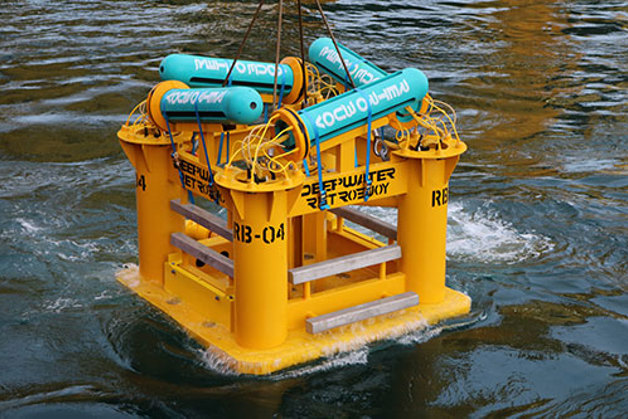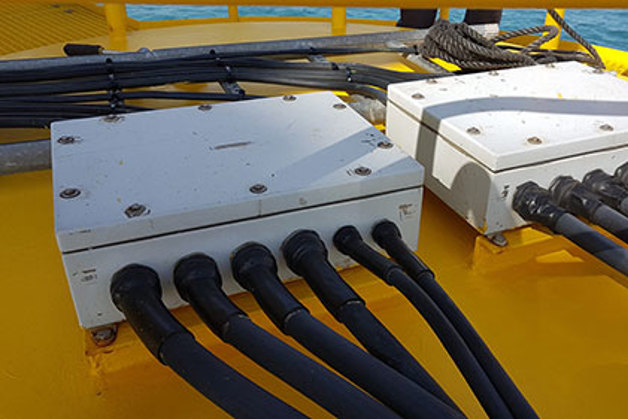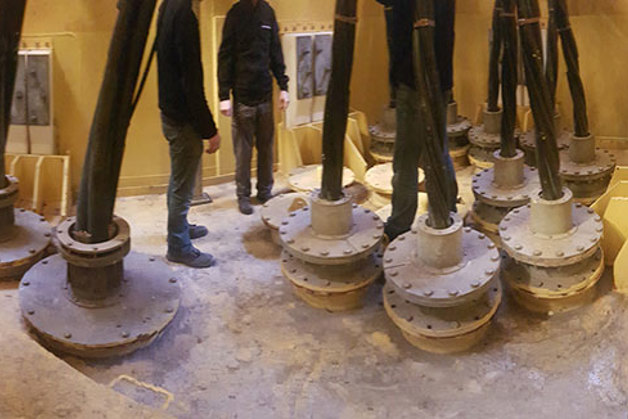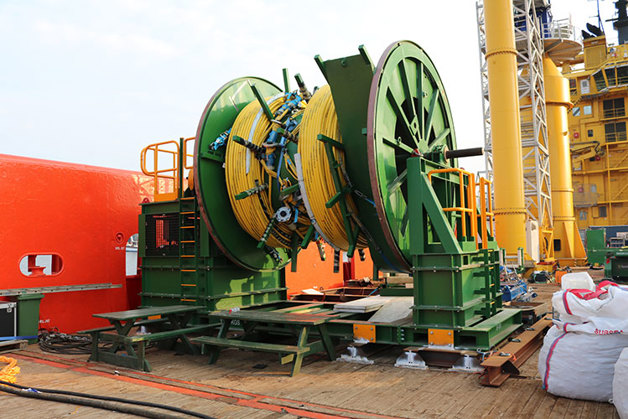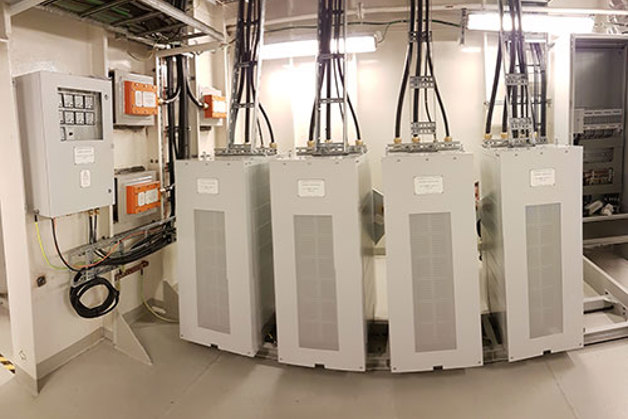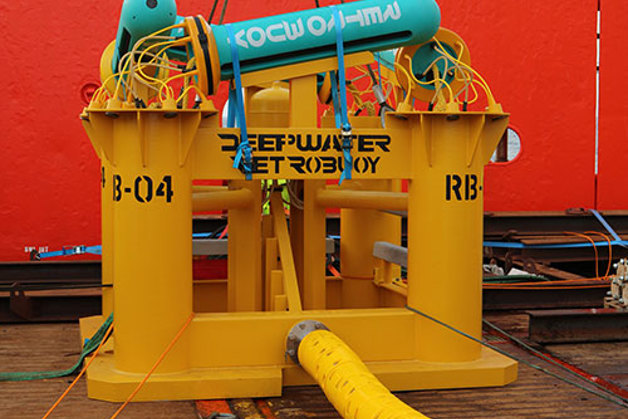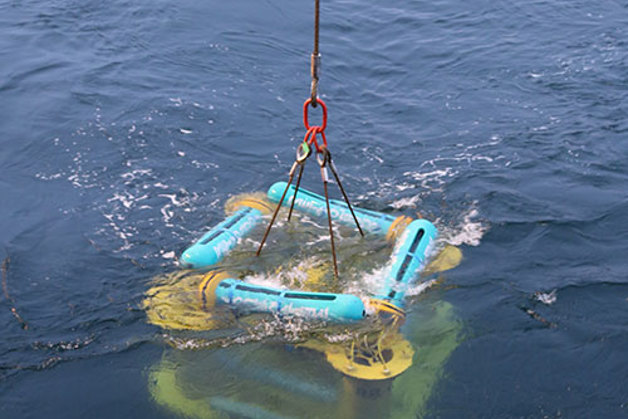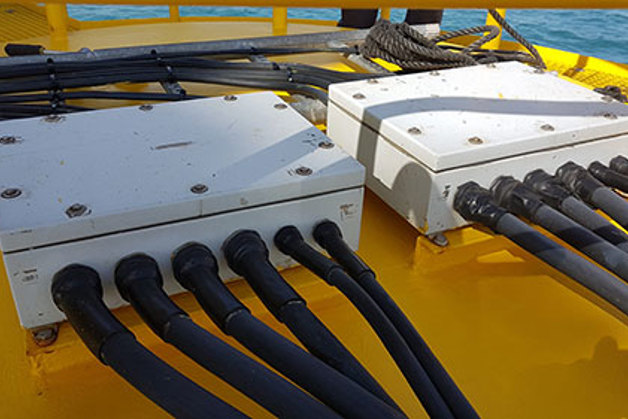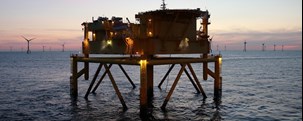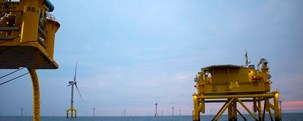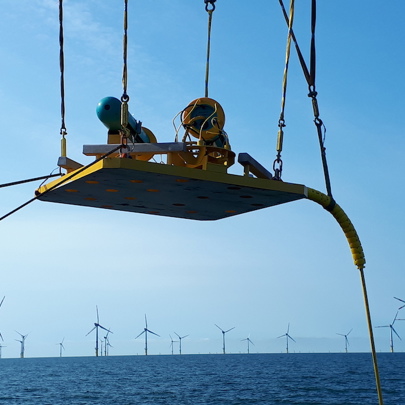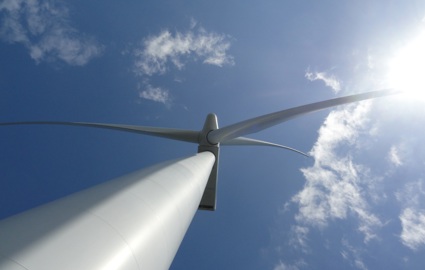BARD Offshore 1 ICCP retrofit
Four RetroBuoy™ systems for a wind farm OSS in the North Sea
Deepwater installs a retrofit cathodic protection system for a transformer platform in the North Sea
The original ICCP system on the BARD Offshore 1 Transformer Platform no longer provided adequate cathodic protection and Deepwater EU Ltd were contracted by Ocean Breeze Energy to develop and implement an ICCP retrofit system to repolarise the structure and maintain adequate levels of cathodic protection. After discussions with OBE, a remote ICCP anode solution was chosen as the best option. The retrofit system consists of four number 500 A remote anode subsea modules with associated cable and topside equipment. The system is connfigured with four anode sleds (RetroBuoys) positioned on the seabed within the vicinity of the structure. Each RetroBuoy is connected to a power supply unit (PSU) installed on the platform with a 48 V 500 A output. There are interconnecting cables between each PSU unit, associated junction boxes and the RetroBuoy. The RetroBuoys are connected to sufficient lengths of subsea power cable passed up through the structure via two spare J-tubes. During June/July 2018, the retrofit ICCP system was successfully commissioned and after a prolonged period of time without full and adequate levels of cathodic protection from the existing ICCP system, cathodic protection has been re-established on the platform without intense subsea intervention. Potential measurements indicate that the submerged areas of the jacket are receiving adequate cathodic protection. When the PSUs are energised and the anode subsea modules are operational, satisfactory levels of protection are achievable and maintainable during varying conditions for the foreseeable future. The total system output is presently 850 A, which is approximately 43% of the total capability of the system. This has shifted the average potential of the submerged structures by approximately 255 mV and resulted in an average CP level of -957 mV w.r.t. Ag/AgCl/sw from an as-found CP level of -702 mV w.r.t. Ag/AgCl/sw. With time the protection level will stabilise and become evenly spread across the entire submerged structure. Monitoring of the performance of the retrofit ICCP system is presently by regular dropcell measurements taken from the topside of the jacket. The five locations used during commissioning are being utilised to provide consistency. Records of the level of cathodic protection attained can be recorded in conjunction with the PSU output records currently being monitored by OBE onshore personnel via the monitoring panel/ datalogger located next to the PSUs. Continued monitoring will be required and as the structure further polarises, the PSUs may need to be adjusted.
Project images

